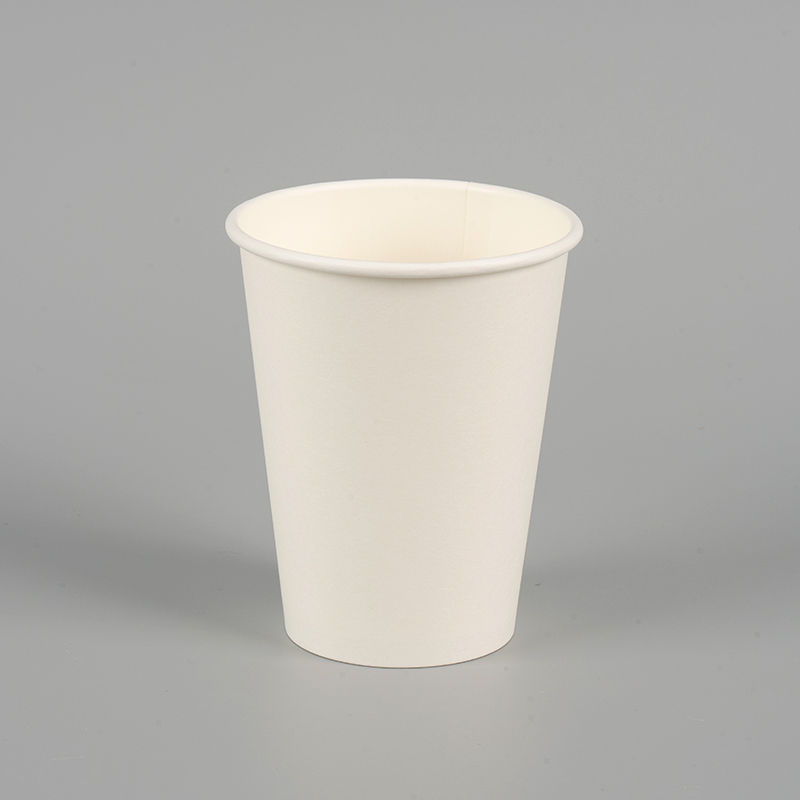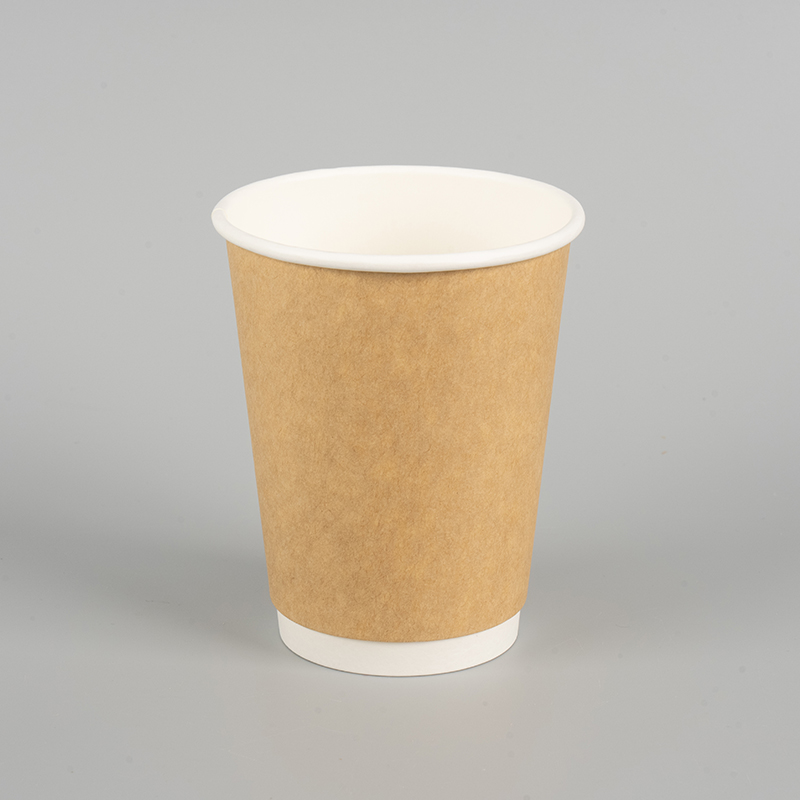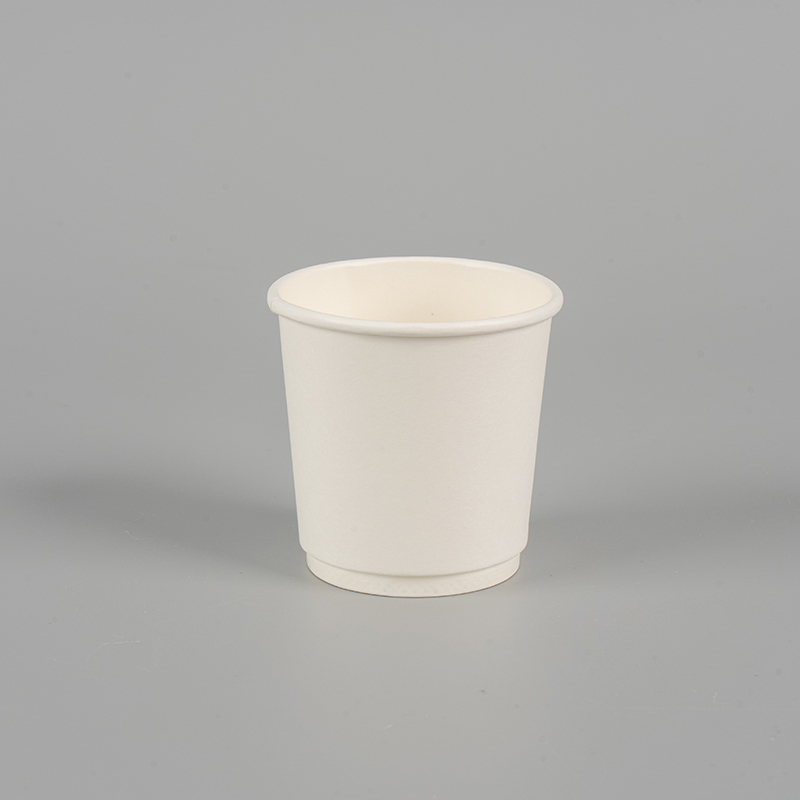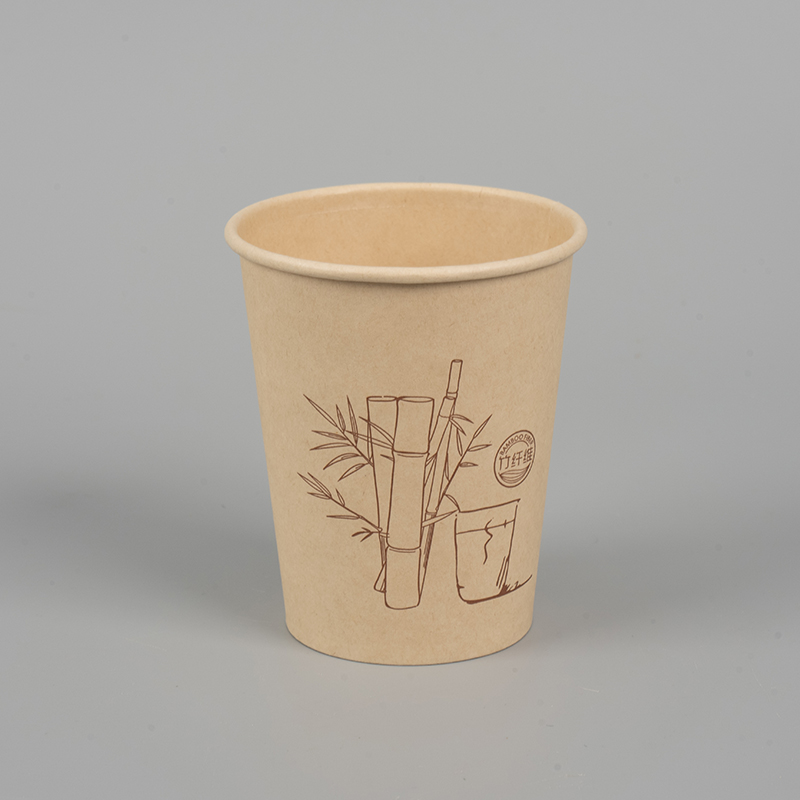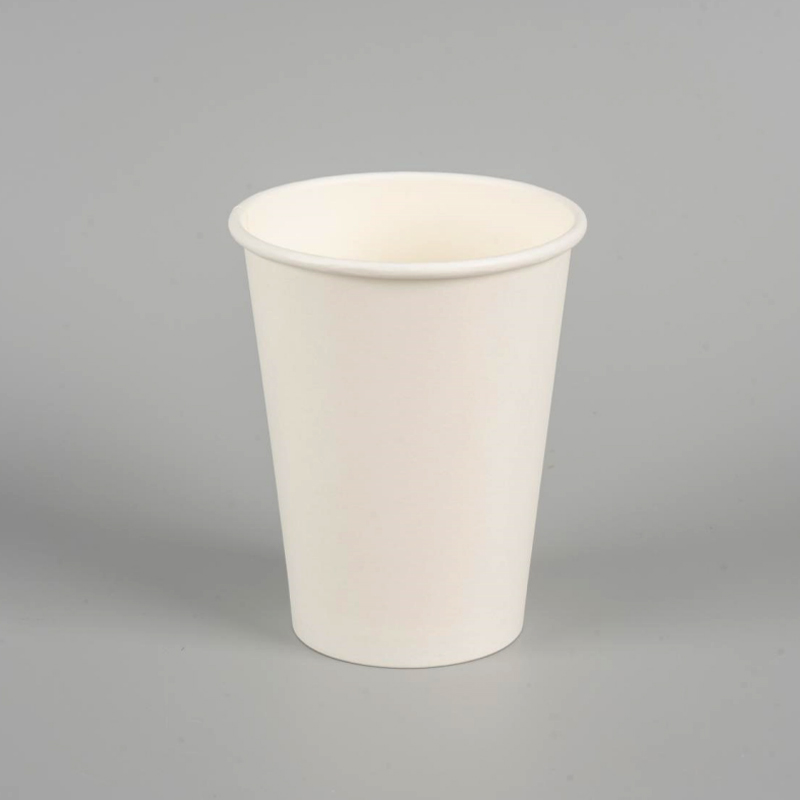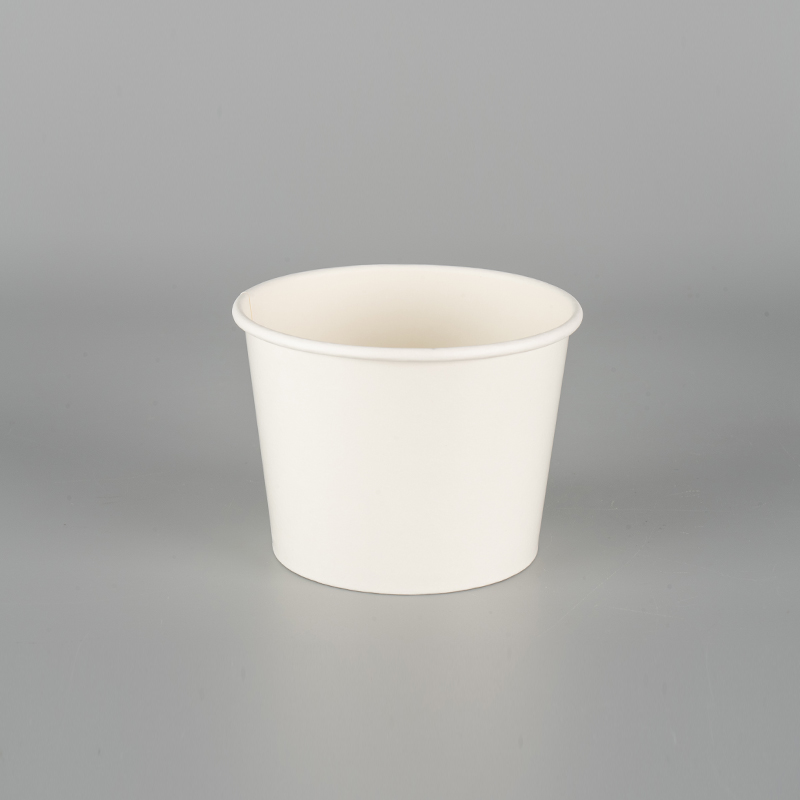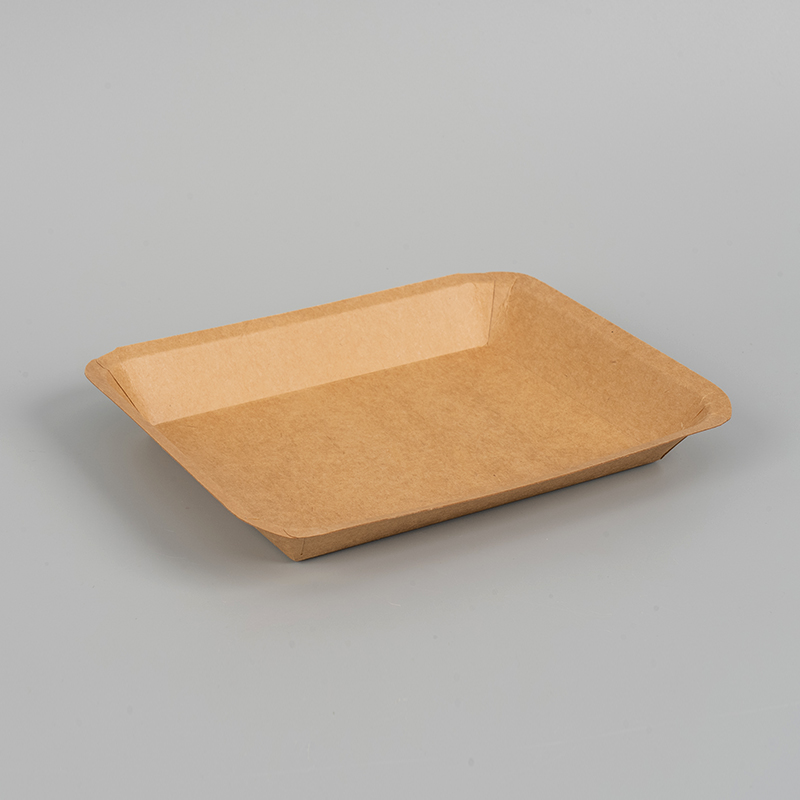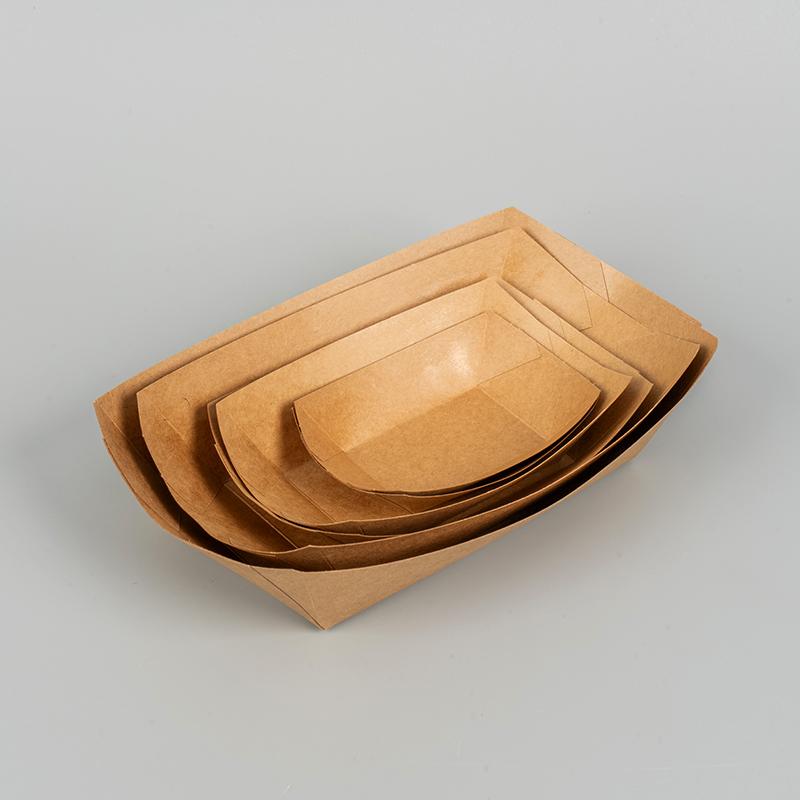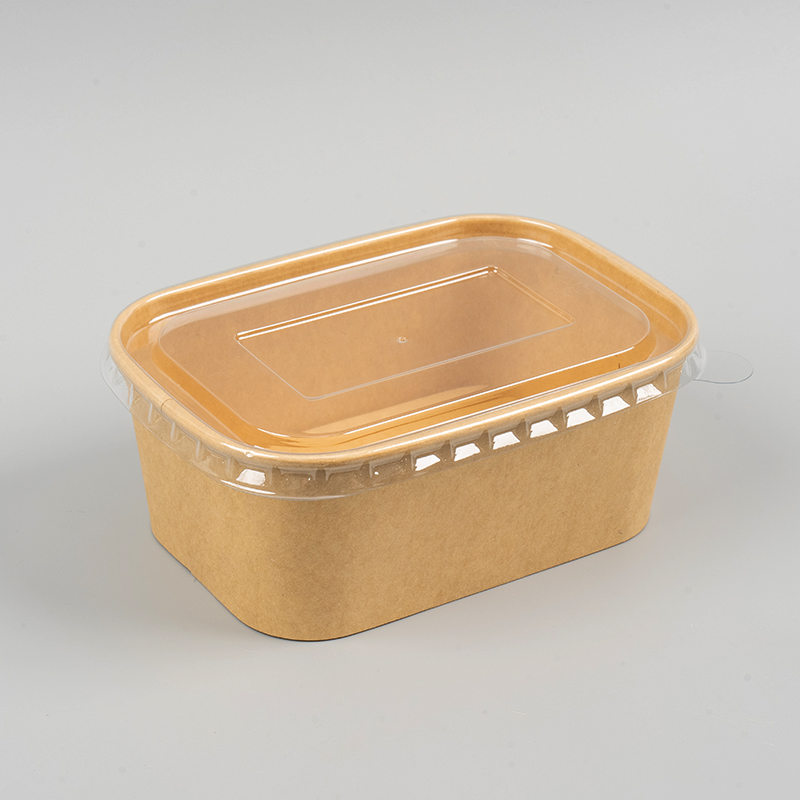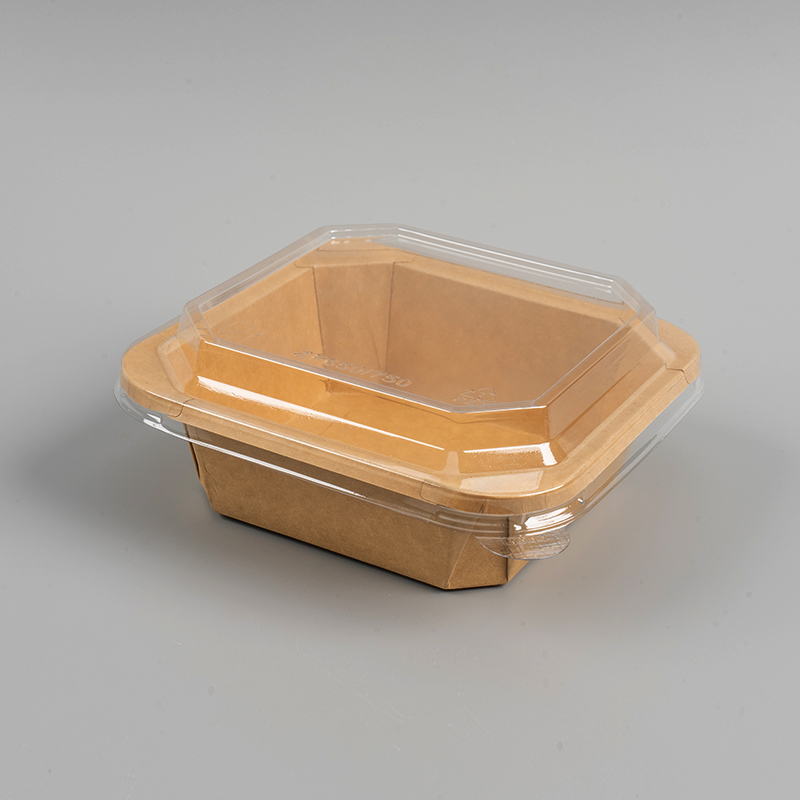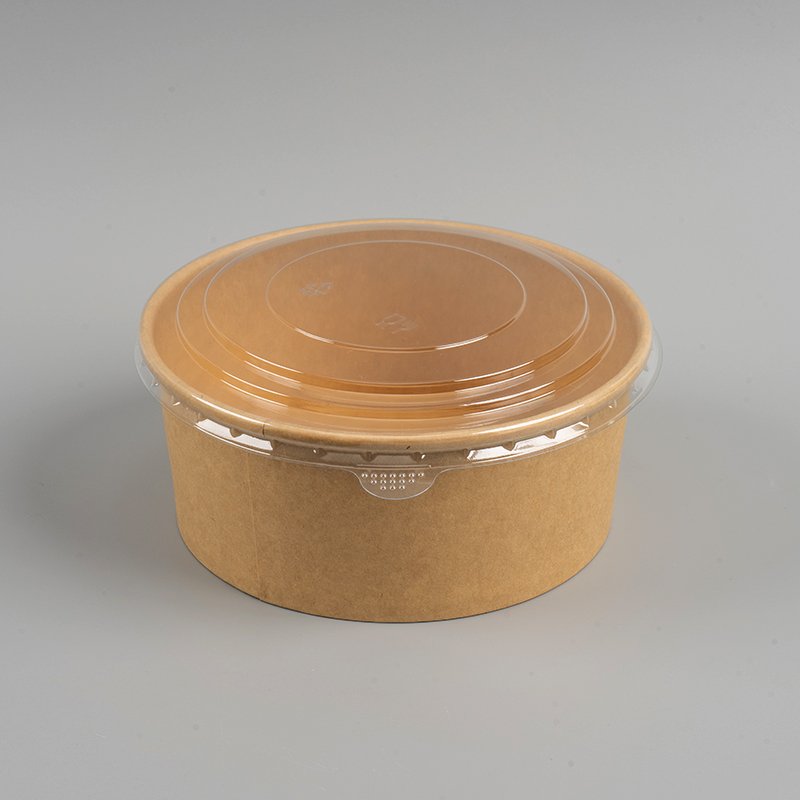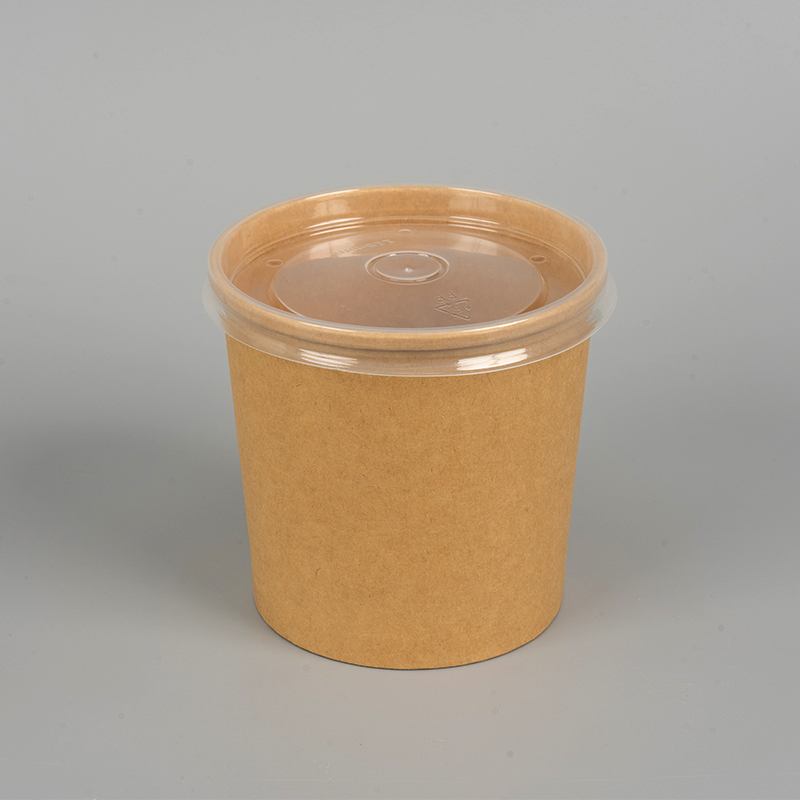What are the commonly used coating materials in the molding process of paper bowls
As an important component of disposable food packaging containers, the safety, heat resistance, and anti-leakage performance of paper bowls largely depend on the selection of their coating materials. With the continuous strengthening of environmental protection regulations and the improvement of consumer health awareness, the coating process and material selection of paper bowls have become the focus of industry attention.
PE coating - the most widely used traditional material
Polyethylene (PE) is currently the most commonly used material for paper bowl coating. It is a thermoplastic polymer with excellent water resistance, flexibility and sealing. PE coating is divided into single-sided PE (SPE) and double-sided PE (DPE), which are selected according to the use requirements of paper bowls.
PE coating is attached to the food contact surface by hot pressing to form an oil-proof and waterproof barrier layer. On the automatic forming machine, the coated paper roll is pressed and formed by a high-temperature mold to complete the production of paper bowls. It has low cost, strong processability and high production efficiency, and is the preferred solution for mass production of traditional paper bowls.
However, the recyclability of PE coating is poor, especially after being compounded with paper base, it is difficult to separate, resulting in it being classified as non-recyclable garbage in the recycling system. With the development of green packaging trend, the environmental friendliness of PE coated paper bowls is being restricted.
PLA coating - degradable and environmentally friendly new material
Polylactic acid (PLA) is a bio-based polymer material extracted from renewable plant resources (such as corn starch and sugarcane), which can be completely degraded in an industrial composting environment. PLA coated paper bowls belong to the category of "compostable paper bowls" and are currently a popular solution for environmentally friendly alternatives to PE.
PLA coating has good transparency, airtightness and processability, can effectively prevent water and oil, and has heat resistance of up to about 85°C. Its heat sealing properties are similar to PE, and it can be directly used on conventional paper bowl forming equipment, which is convenient for enterprises to replace and upgrade their production lines.
Because PLA is derived from biomass resources, carbon emissions are relatively low and life cycle friendly. As a sustainable material, PLA is supported by policies in the European and American markets and is the preferred coating material for exported paper bowl products. However, PLA is slightly more expensive, sensitive to temperature and humidity, and has higher requirements for storage conditions.
PBS and PBAT coatings - flexibility and degradation performance
Polybutylene succinate (PBS) and polybutylene adipate/terephthalate copolymer (PBAT) are among the materials widely used in degradable packaging in recent years. Compared with PLA, PBS and PBAT have better flexibility and impact resistance, and are usually used in composite form in paper bowl coatings, such as PLA/PBAT blended films.
PBS-type coatings are more heat-resistant and can withstand temperatures up to 100°C, making them particularly suitable for hot soup and oily food containers. PBAT, as a toughening and modifying material, enhances the ductility of the coating and reduces the risk of molding cracking. This type of coating material is gradually becoming popular in catering delivery, airline catering, and high-temperature food packaging.
PBS and PBAT are also biodegradable and can be decomposed into carbon dioxide and water in a composting environment, but their costs are higher than those of PE and PLA, making them suitable for mid- to high-end environmentally friendly paper bowl products.
Water-based coating - emerging environmental protection process solution
Water-based coating technology is an anti-seepage solution that does not rely on traditional plastic film layers. It achieves waterproof, oil-proof and heat-resistant functions by evenly applying special water-based polymer coatings on the surface of paper.
The thickness of the water-based coating is controllable, usually only 8-15g/m², which greatly retains the recyclability and degradability of the paper and meets the "plastic-free packaging" regulations of many European and American countries. The coating itself does not contain plastic or organic solvents, has good thermal stability, and can be directly used for food contact.
At present, water-based coated paper bowls are still in the stage of technology promotion, mainly used in export markets and brands with strict environmental protection requirements. Because it does not rely on plastic film layers, production equipment and processes need to be adjusted to a certain extent, and the flatness of the paper and the accuracy of the coating process are required to be high.
Comparative analysis of different coating materials
|
Material Type |
Water Resistance |
Heat Resistance |
Biodegradability |
Recyclability |
Cost |
|
PE (Polyethylene) |
Excellent |
Up to 100°C |
No |
Poor |
Low |
|
PLA (Polylactic Acid) |
Good |
Up to 85°C |
Biodegradable |
Moderate |
Medium |
|
PBS/PBAT Blends |
Excellent |
Over 100°C |
Biodegradable |
Moderate |
High |
|
Water-based Coating |
Good |
Up to 90°C |
Biodegradable |
Excellent |
Medium-High |


 中文简体
中文简体